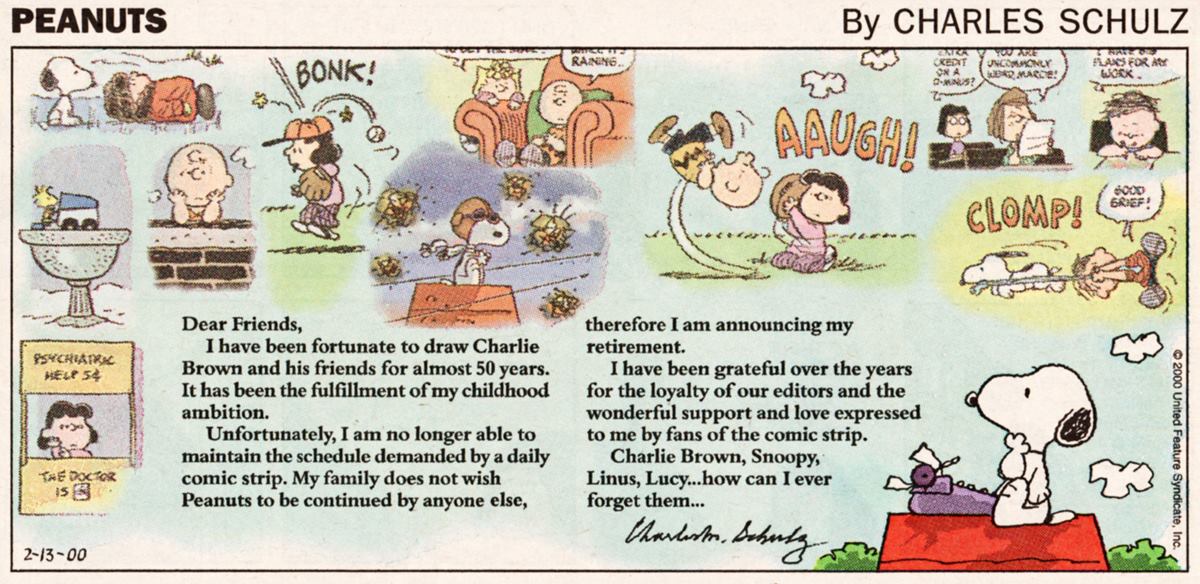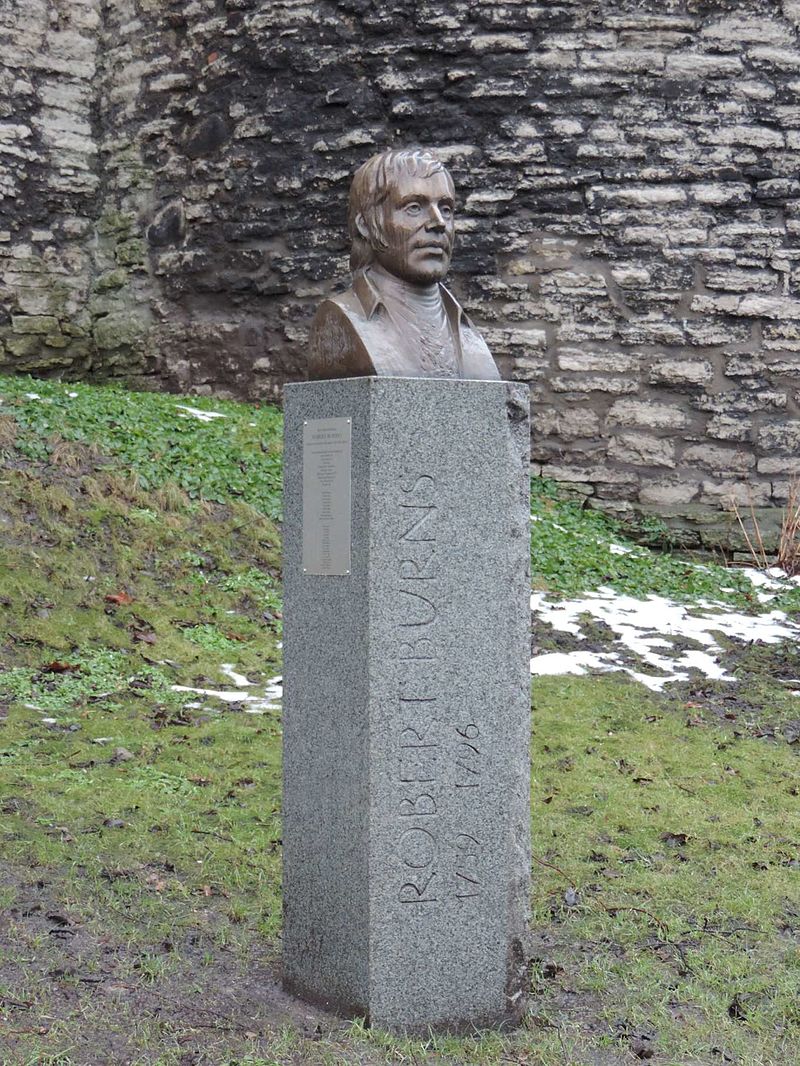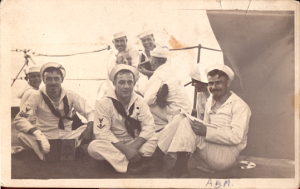Talking Heads
Live from Rome, 1980, Talking Heads featuring Adrian Belew
Hypnotic, Exhilarating, and Far Too Long Ago
Talking Heads had been together for five years at the time this concert film was shot. There is as much time between this performance and today as between this performance and the Attack on Pearl Harbor.
The band’s sneak attack on conventional popular music ultimately changed the musical world order, as ripples of the post-Punk revolution were felt ever afterwards. It could be said this was Talking Heads at their peak, just before they took a hiatus and returned as a slicker, well-established music industry entity that appears in Johnathan Demme’s cinematic release Stop Making Sense.
By this time, the core members of the band were supplemented with many more human components that gelled into one of the most original and influential contemporary concert acts of their time. This included the exuberant anarchy of guitarist Adrian Belew, whose compelling fretboard antics continued to be imitated by other Talking Heads guitarists (and elsewhere) after he moved on to other musical horizons.
Happy 70th Birthday to Jerry Harrison!





